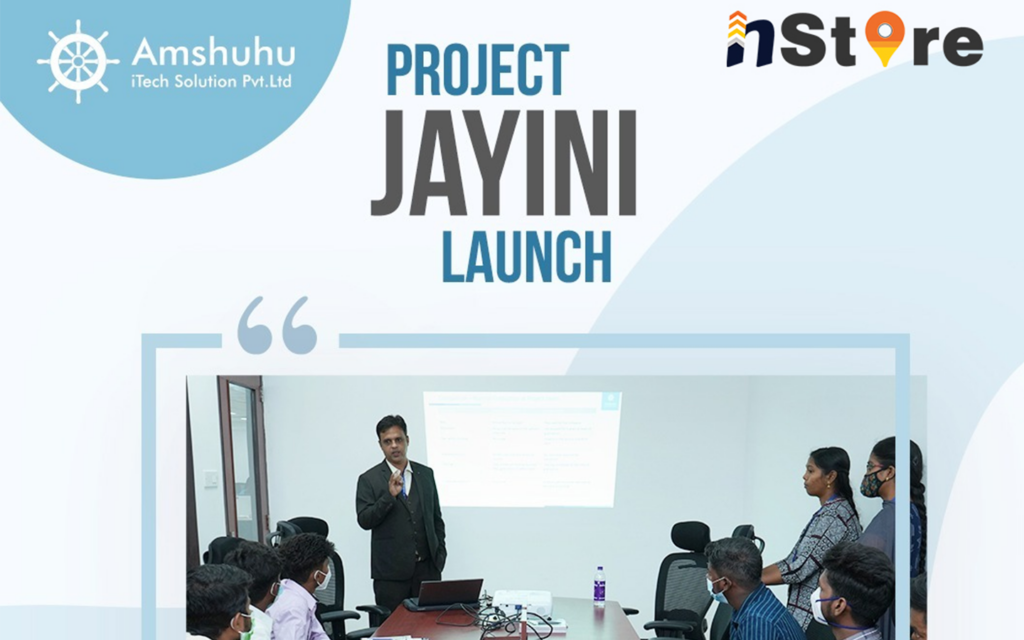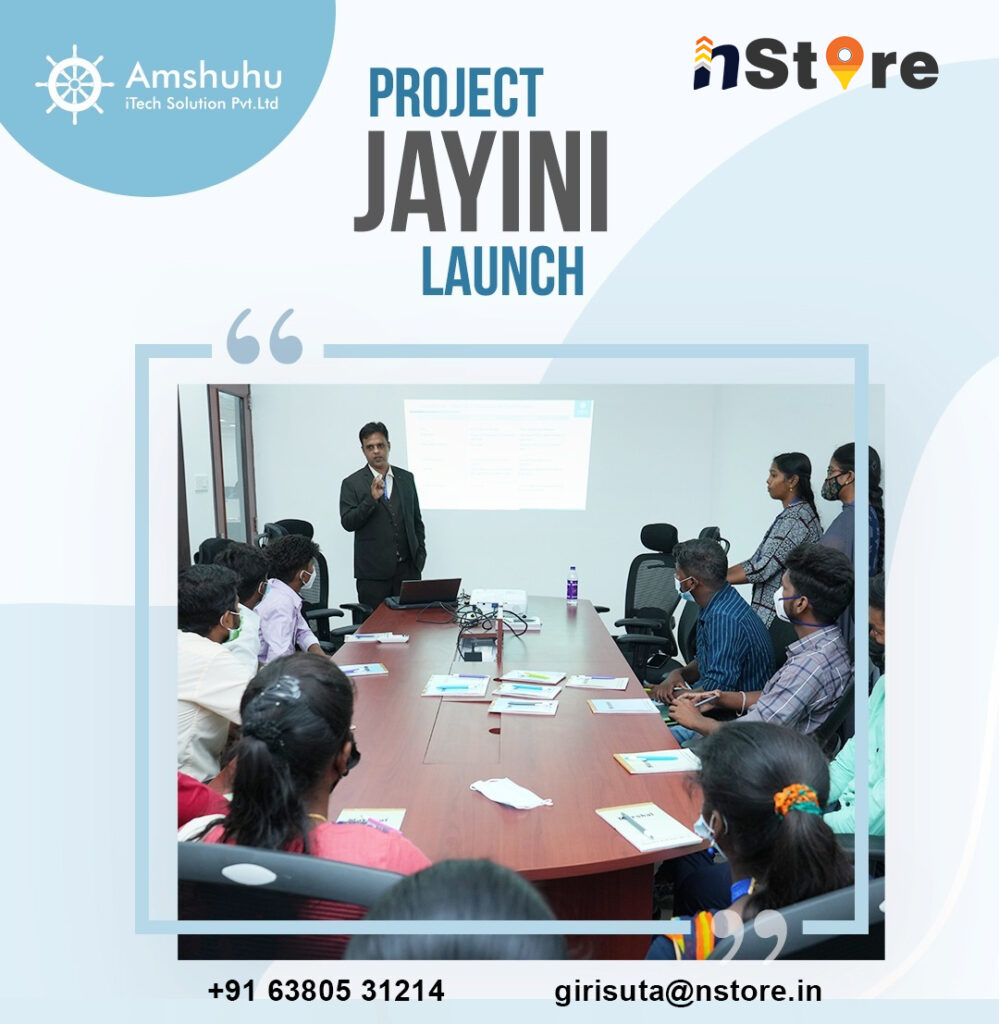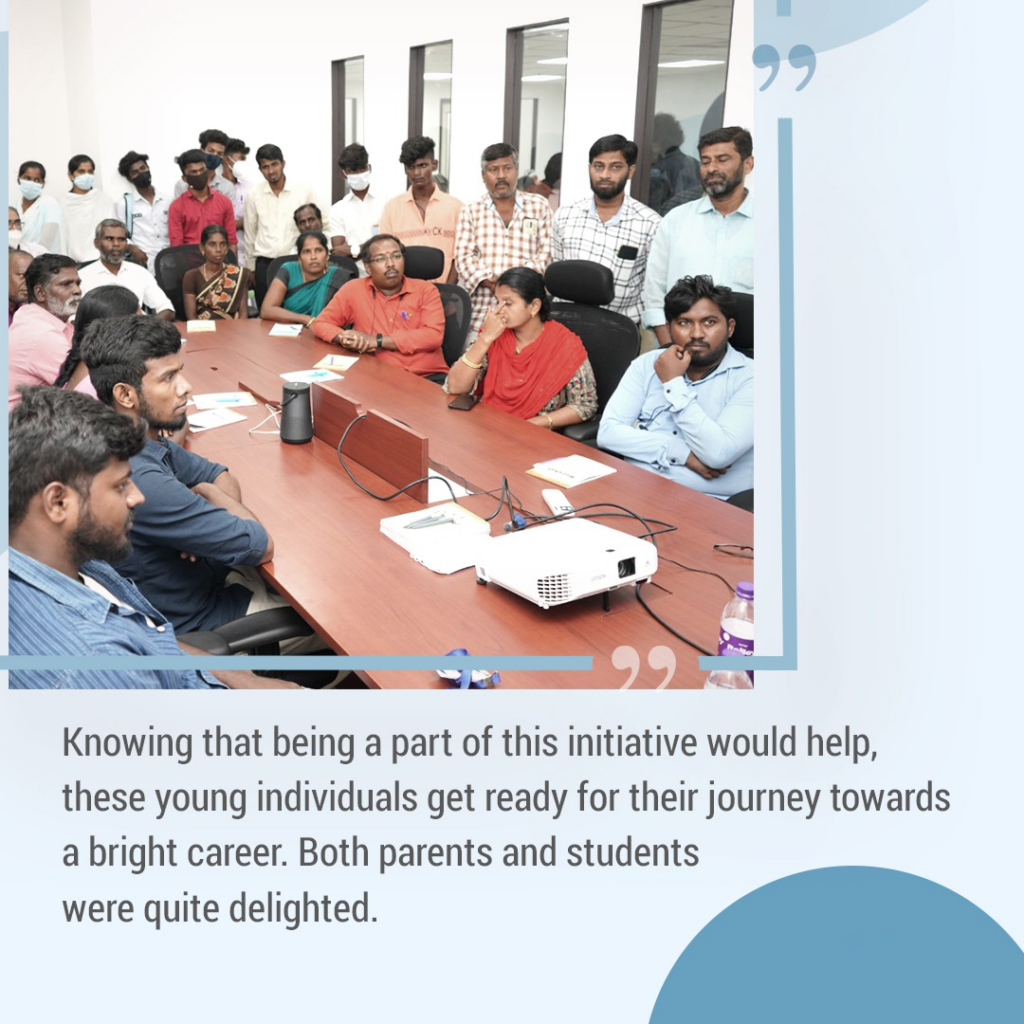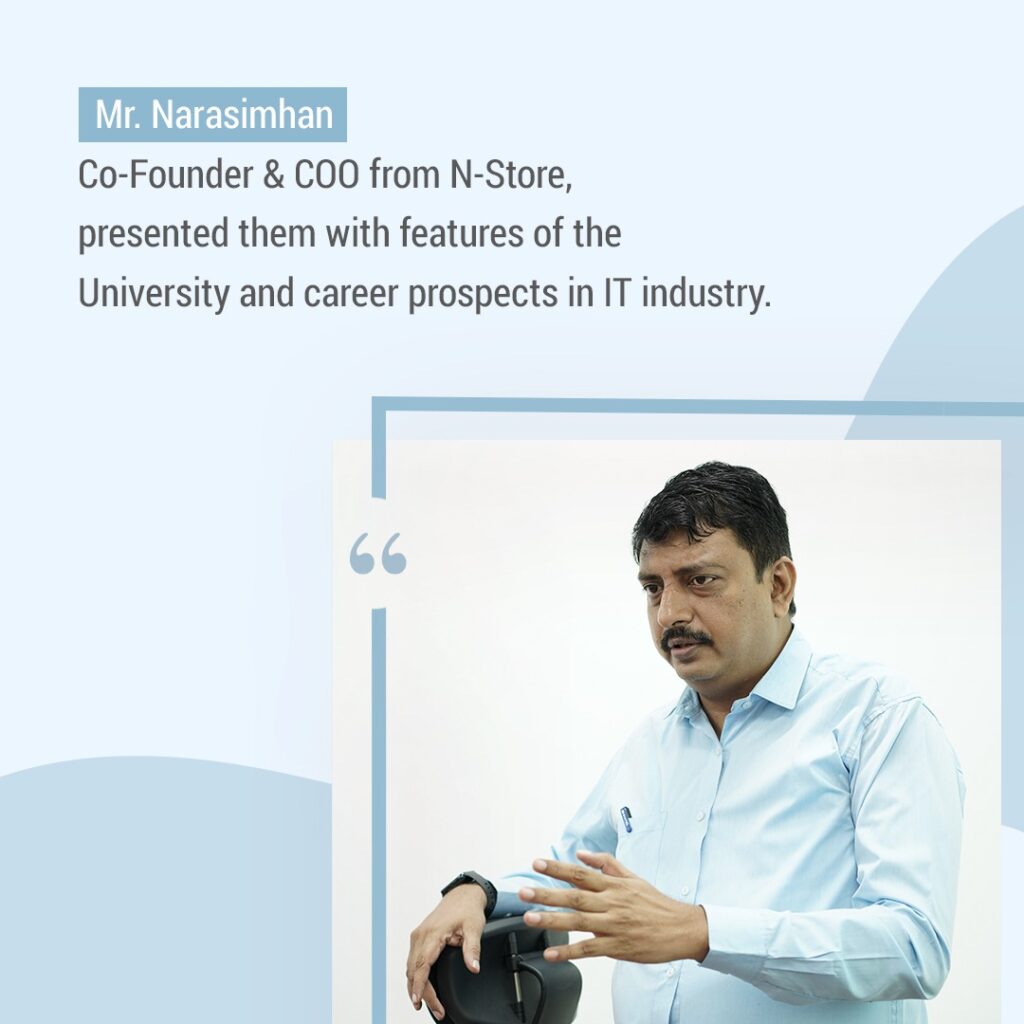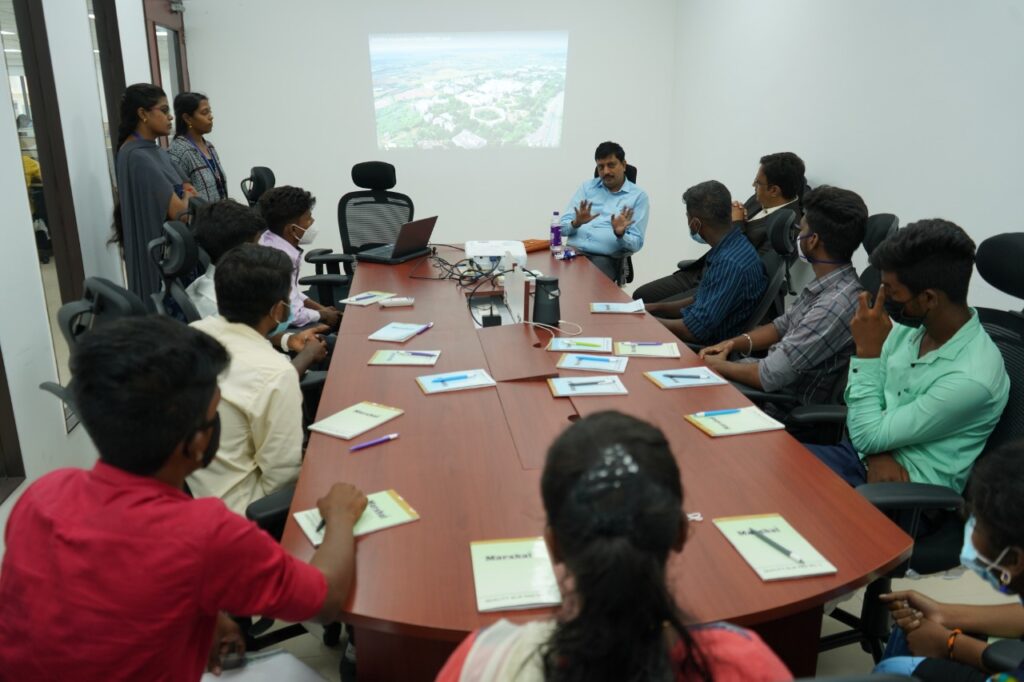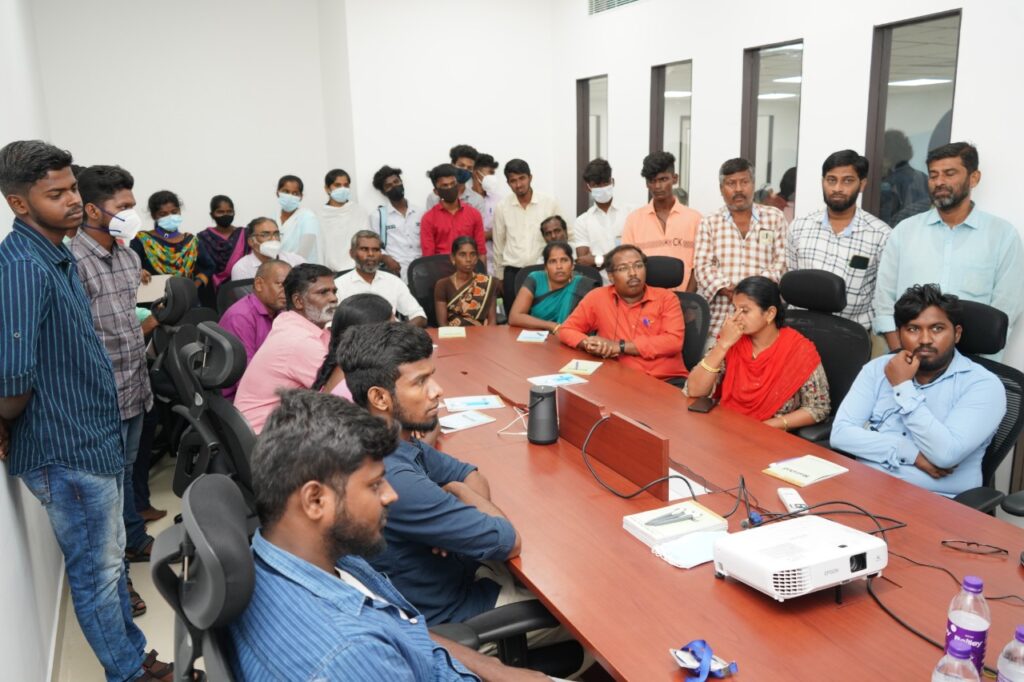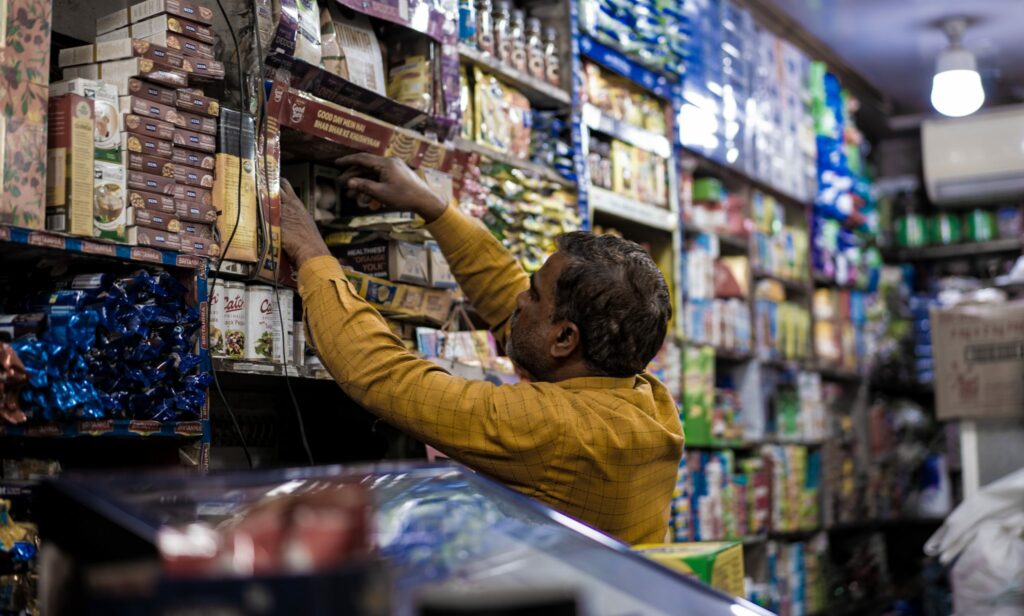Digitization of FMCG and Retail in India -The long road ahead.
With increase in mobile penetration in India to over 80% today, consumers expect more out of their mobile interactions apart from instant access to information. Consequently, every industry is reorienting itself around the consumer (including traditionally
enterprise-focused industries) and there is a renewed vigor across markets to understand their consumers.
The consumerization of industries has led to a paradigm shift in the way business is conducted across sectors – they are increasingly adopting digitization. The Fast-Moving Consumer Goods (FMCG) and Retail sector is close to (savvy and demanding) consumers,
has manifold supply chain complexities and is fragmented. A vast country with far-flung markets, diverse consumer segments and traditional supply chains add to the challenges in smooth digital adoption for this sector.
FMCG Retail growth in semi-urban and rural outpacing urban segments
FMCG is the 4th largest sector in the Indian economy with Household and Personal Care accounting for 50 per cent of FMCG sales in India. Growing awareness, easier access and changing lifestyles have been the key growth drivers for the sector.
The urban segment with revenue share of around 55 per cent is the largest contributor to the sector. However, in the last few years, the growth rate of the FMCG market in rural India is higher than that of urban India. Semi-urban and rural segments
are growing at a rapid pace and FMCG products account for 50 per cent of total rural spending.
Leveraging technology to streamline the FMCG Retail value chain in semi-urban and rural segments, as well as under-served urban segments can unlock significant efficiencies and growth for the industry.
What is the state of digitization in FMCG Retail India today?
While the sector has realized the need for digitization, the long tail of this market makes it a difficult proposition. With a vast unorganized segment – the neighbour hood stores, kiranas, small brands, unbranded products – that contribute to over 85% of this market,
driving technology adoption is truly a mammoth task.
Two broad trends are emerging in the market –
Consumer-focused digital adoption – This is been spearheaded by the online eCommerce giants joined by the hyper local players such as Swiggy and Dunzo. They promise convenience, and aim to fulfill consumer needs anytime and anywhere.
Supply Chain disinter mediation – There are many emerging providers focusing on driving efficiencies in B2B by disinter mediating distributors and wholesalers.
While these are welcome trends in promoting digital adoption rate, this is not sufficient to drive digitization in the industry. The following factors continue to pose challenges –
The existing distribution chain is created over a long period and it is impractical to ignore that in the drive for adoption. The relationships forged and the value gained from the personal network through ‘non-digital’ means of transacting business is difficult to replicate
in the ‘digital’ world.
Credit plays a huge role in the supply chain. This is being almost wholly provided by distributors and wholesalers today. It will be an uphill task to manage the credit cycle without involvement from this segment.
Logistics of moving the product closer to the customer while maintaining the demand density is a significant challenge. Even big players continue to incur losses and are changing their business models to curtail this.
“Inclusive Adoption” is the way forward
The effective means of driving digital adoption across the sector is through what we call “Inclusive Adoption”.
What do we mean by Inclusive Adoption?Take all players in the value chain along the digital journey. The industry has found solutions for last-mile connectivity, improving demand density, reliable credit management etc. through the distribution channel.
This needs to be taken further in terms of driving digital adoption in key aspects that lag behind in leveraging technology such as ordering, inventory management and customer engagement etc. This will bring about huge benefits to the sector in terms of lower supply
chain costs, increase in consumer base and higher revenue per consumer.


